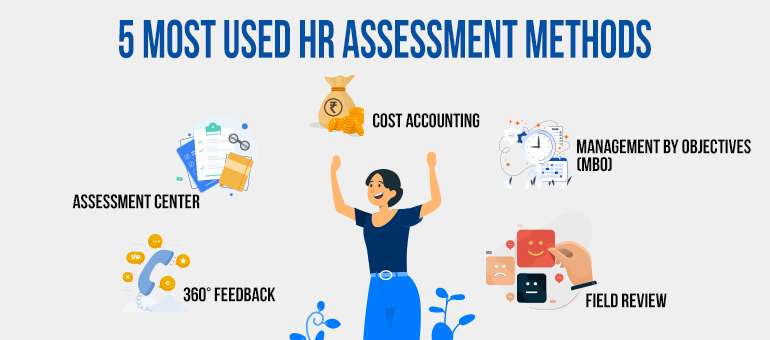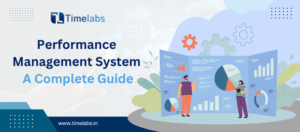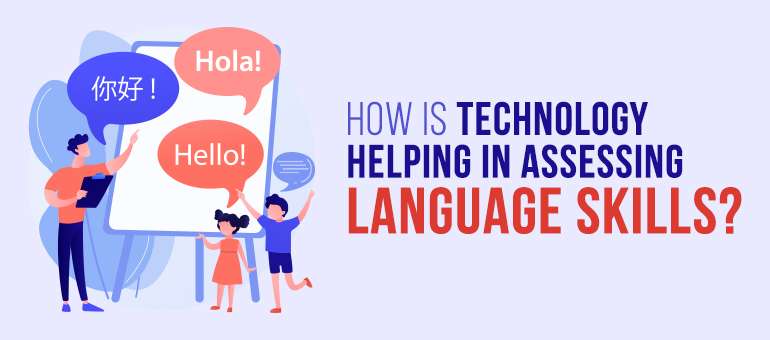HR is the backbone of any organization. It’s crucial to understand the role of HR in making sound decisions concerning employee welfare: how employees can stay motivated and what areas need improvement. But how do you assess the efficiency of the HR team? How well is the HR department performing in a company? Knowing the HR Software inside out is one aspect of it. You need HR assessment methods to define standard practices that your employees should follow.
Why are HR Assessments Important?When we talk about running an organization, it comes down to understanding the contribution of human resources. HR needs to follow standard protocols to help a business achieve efficiency and employees can become more productive.
An efficient HRMS can help; however, you need the human element to make things work. That’s why the HR team needs to work on building relevant assessments. They are in place to know how efficiently is the HR team working in making an organization sound and stable.
HR Assessment MethodsToday, we will talk about five HR assessment methods that are used widely in an organization. We will also discuss their pros and cons and if there’s a way to make these assessments controlled and relevant in today’s organizational setup. Let’s begin.
360-degree FeedbackAs the name suggests, this HR assessment method considers collecting feedback on an employee’s performance from everyone involved. The HR manager and assessor collect feedback and put it into use. In this assessment, an employee’s colleagues, immediate supervisors, supervisors, managers, and people from other departments with whom the employee works are asked for their respective feedback.
In a remote working scenario, it’s effective, as one need not approach different individuals physically. An email or official chat group can suffice. When you work within a team, you tend to build different work equations with different individuals. When it comes to assessing someone’s performance or potential, it’s better to ask a bunch of people than rely on one or two who are closer to the employee. It may influence the decision-making process. Here, 360-degree feedback is the correct assessment method.
With that said, this assessment method requires time and effort. If the team is large, you may have to bear the cost to conduct this assessment. Collecting feedback from different individuals is a time-consuming process. To gather and analyze it is even more time taking. But with proper planning, one can accomplish the goal.
Assessment CenterThis method was first created by the German Army in the 1930s. It was introduced to analyze or examine work-specific skills that employees need. These skills are evaluated or built using role-plays, workshops, simulations, etc. In a modern-day setup, this assessment is conducted by involving assessors, managers, and employees where employees are asked to perform a series of tasks, individually or in a group.
We are talking about assessing diversified skill sets, including interpersonal skills, communication skills, leadership skills, and problem-solving skills. Through this assessment, one can know if an employee is capable of being a people person. This assessment may not turn out to be fruitful, given the nature of the tasks performed.
An individual may demonstrate competency skills during the assessment but have a different way of working otherwise. It’s similar to relying on a demo conducted for an HR payroll system before choosing it. It may have limited features. So, it’s better to club it with other assessment methods.
Cost AccountingAs HR, you should know how much cost is invested in human resources and what returns can you expect. If you offer different training programs to your employees to build new skills, it’s wise to measure its effectiveness as training may cost you money. Here, the HR cost accounting method can help.
Through this assessment, you can know the cost spent on the employee’s compensation, training, and skill development. To be specific, you can consider costs spend during resource planning, recruitments, and induction. The best way of assessing it is to compare or balance the cost against an employee’s productivity. You can make out if training programs helped an employee learn new skills. This way, you can find solutions to a problem if you find an individual needs improvement, similar to finding HR software solutions when replacing the existing HR software.
There’s a catch, however. You can’t rely solely on this method to understand the cost. Why? It’s not rational to assess how individuals can keep themselves motivated or demonstrate leadership qualities while working within a team. Besides, it’s a time-consuming method too. You can consider conducting other assessments with this one for better decision-making.
Management by Objectives (MBO)This method was introduced by Peter Drucker. Most HR managers use this method to evaluate employees’ performance. Here, key managers and employees define goals to be accomplished every quarter or in a year. They outline objectives and how one can achieve them.
It’s a good way to bring employees on the same page. It’s good for enhancing interpersonal skills and promoting a collaborative environment. Besides, it can improve the relationship between managers and their subordinates. Here, one emphasizes setting measurable goals that can be worked upon and are not difficult to achieve. With that said, managers should not set too many goals after assessing the past achievements of an employee. It may create an unnecessary burden on an individual, and one may feel demotivated.
Field ReviewThis assessment method is considered dated. Why? It demands extensive labor from the end of an HR who shadows an employee to assess his/her working habits, working style, and productivity. It’s a time-consuming process as HR may find it hard to balance between their tasks. Also, it may not be effective as HR may not possess a sufficient amount of knowledge of different departments.
Talking about its positive side, it can help an employee work through constructive feedback and improve their working style, professional approach, or how to do organizational tasks in a better way. However, organizations rarely use this assessment method due to several constraints.
To ConcludeDifferent organizations set different goals and expectations for their employees. Using these assessment methods is one way of examining efficiency, productivity, and output. Are these assessments relevant when assessing a diversified and multicultural workforce? One needs an answer to this question.
You may conduct an assessment to determine if an employee is ready to step up and take bigger challenges. But you need to go beyond assessments to realize that employees need to stay motivated, and personalizing processes and addressing their grievances can work better. You can’t rely solely on your HR and payroll management software to find if an employee deserves raise. You would go beyond crunching numbers.
Similarly, it’s better to use more than one assessment method while examining an employee’s performance. It can offer a better view of things.



